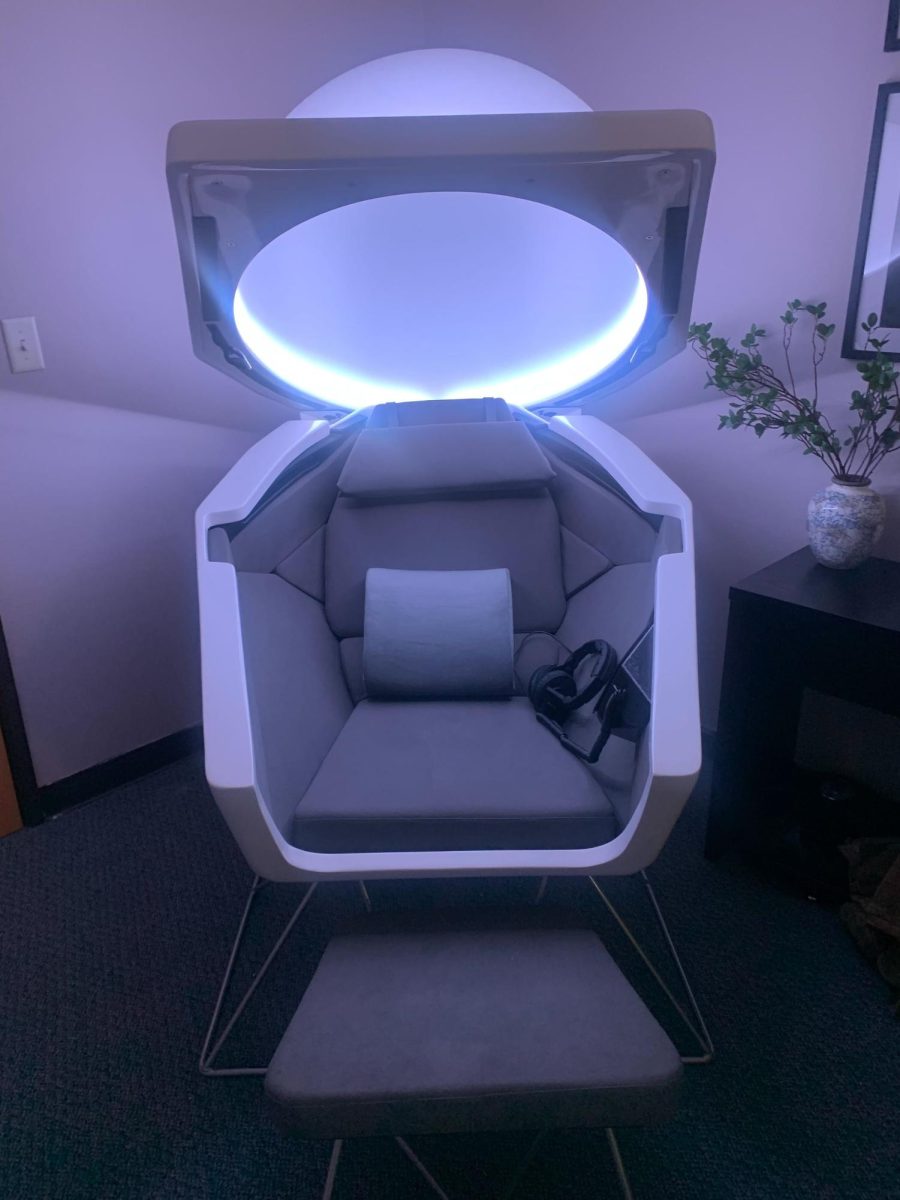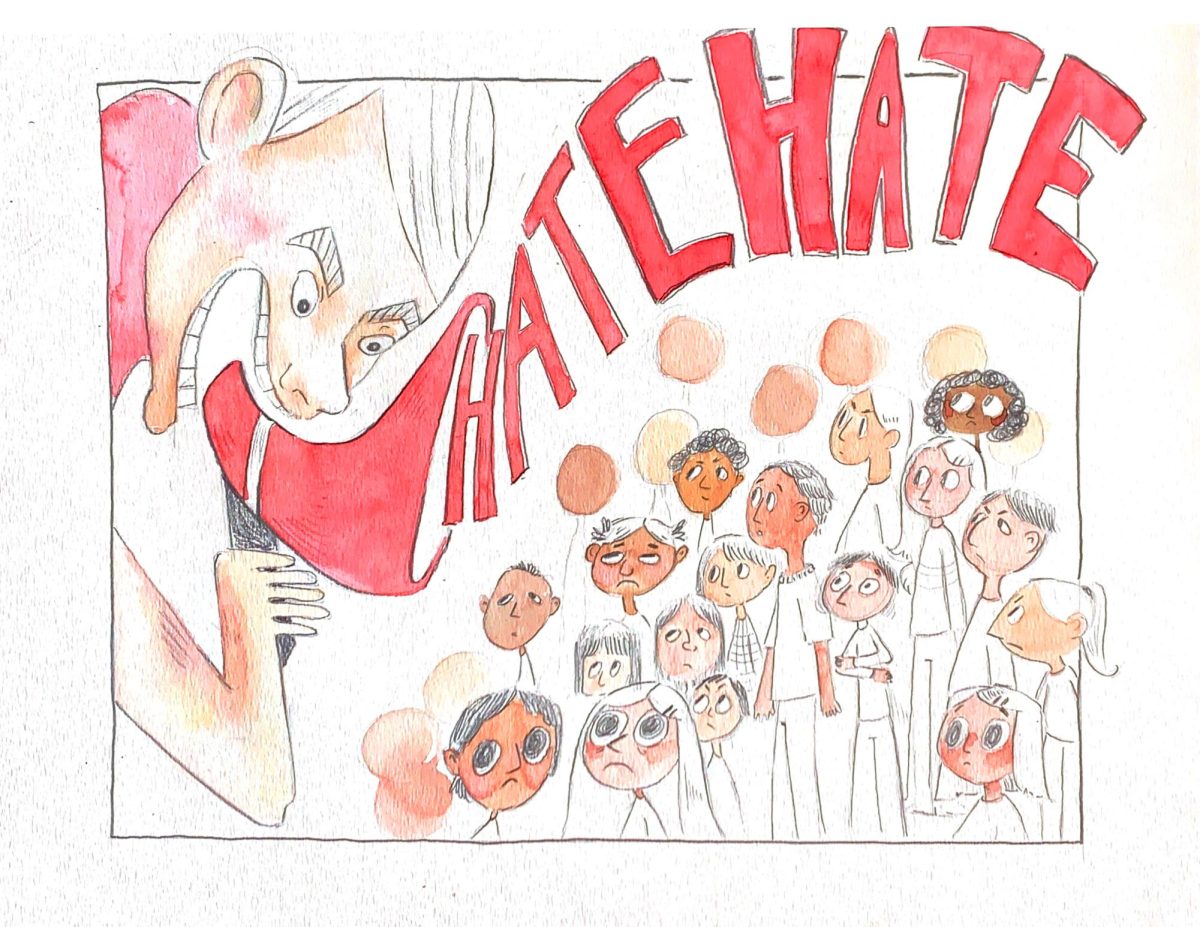Opinion: If we’ve had a conversation, I’ve probably brought up my cat.
———-
“Is there anything better than a cat?” is a question I often hear my dad ask. My childhood was accompanied by the sounds of gentle purring and attentive chirps from our family’s felines. Although they don’t come in prescription bottles with ingredient labels, cats are my medicine, and an array of my problems have been aided by the presence of a cat.
As a child, I was what I call a fever kid. Basically, I had high fevers for extended periods of time; in combination with my phobia of vomiting, these week-long sickly events were highly anxiety inducing. But my first cat, Butter, never left my side.
After moving to college, sans cat, I learned how many of my conditions and symptoms cats help mitigate. Last winter, I received a diagnosis for a condition that helped classify some symptoms I was experiencing such as depression, anxiety and unpredictable mood swings. This was not a condition I dealt with frequently previous to college, but a combination of increased stress and lack of company seemed to exacerbate my symptoms.
During this time, I wasn’t getting much sleep, which made it difficult to complete my duties as a student. My symptoms made it difficult for me to connect with others. My job as an RA requires frequent use of interpersonal skills, and during the weeks I was doing poorly it felt impossible to be a successful worker. Much of my anxiety often returns to my fear of vomiting, so higher amounts of anxiety also made it more difficult for me to consume adequate amounts of food.
Dealing with these symptoms was difficult and unpredictable. This is when I reached out to the Accessible Education Center. Through that process, I was able to be approved for an emotional support animal, also referred to as an ESA.
My cat, Thisbe Scout, is an angel in the form of a small lion. The responsibility of taking care of another animal gives me something to focus on. My bad days are now accompanied by his attentiveness and cuddly nature. He is a working cat, and he has rewritten the narrative of my college experience. He’s not the only ESA who has successfully done their job.
Gabrielle Bilotta got an ESA, her cat named Juniper, when she was a first-year student at the University of Oregon. Now that she has had Juniper for a little over a year, Bilotta is grateful for everything her ESA does for her.
“I had a difficult time adjusting into college because my senior year was fully asynchronous and online. I was a lot more COVID conscious than a lot of people and that caused me to hermit into my room,” Bilotta said.
Bilotta’s therapist suggested she get herself a cat as a way to establish a routine. Bilotta said that having the responsibility for not just herself, but her cat too, changed everything for her.
“I can rationalize keeping myself in bed all day long because it is only impacting me,” Bilotta said. “Once Juniper joined, that was no longer the truth.”
ESAs do an extraordinary job at mitigating symptoms related to mental health conditions. My cat helps me feel positive towards something; he helps me to shift my point of view about my own negativities. Thisbe is one of the greatest tools I have for bettering my mentality. But it is important to remember that ESAs are just that: tools, not fix-alls.
I also have to remember to be gentle with myself — this is another common phrase around my household. It’s easy to believe that one major change will solve everything, but every day is a reminder that coping skills come from multiple areas.
Bilotta has faced similar circumstances. She said, “You need more than one coping skill. [Juniper] is an at-home coping skill. When I am in my deepest and darkest, I don’t have to do anything. She will be there.”
It’s the simplicity of that statement that provides deep comfort. He will be there. ESAs are transformative. They teach us things about ourselves while also existing in their own feline worlds. Yes, this is a devoted testimony about how much I love my cat. But, really, is there anything better than a cat?















